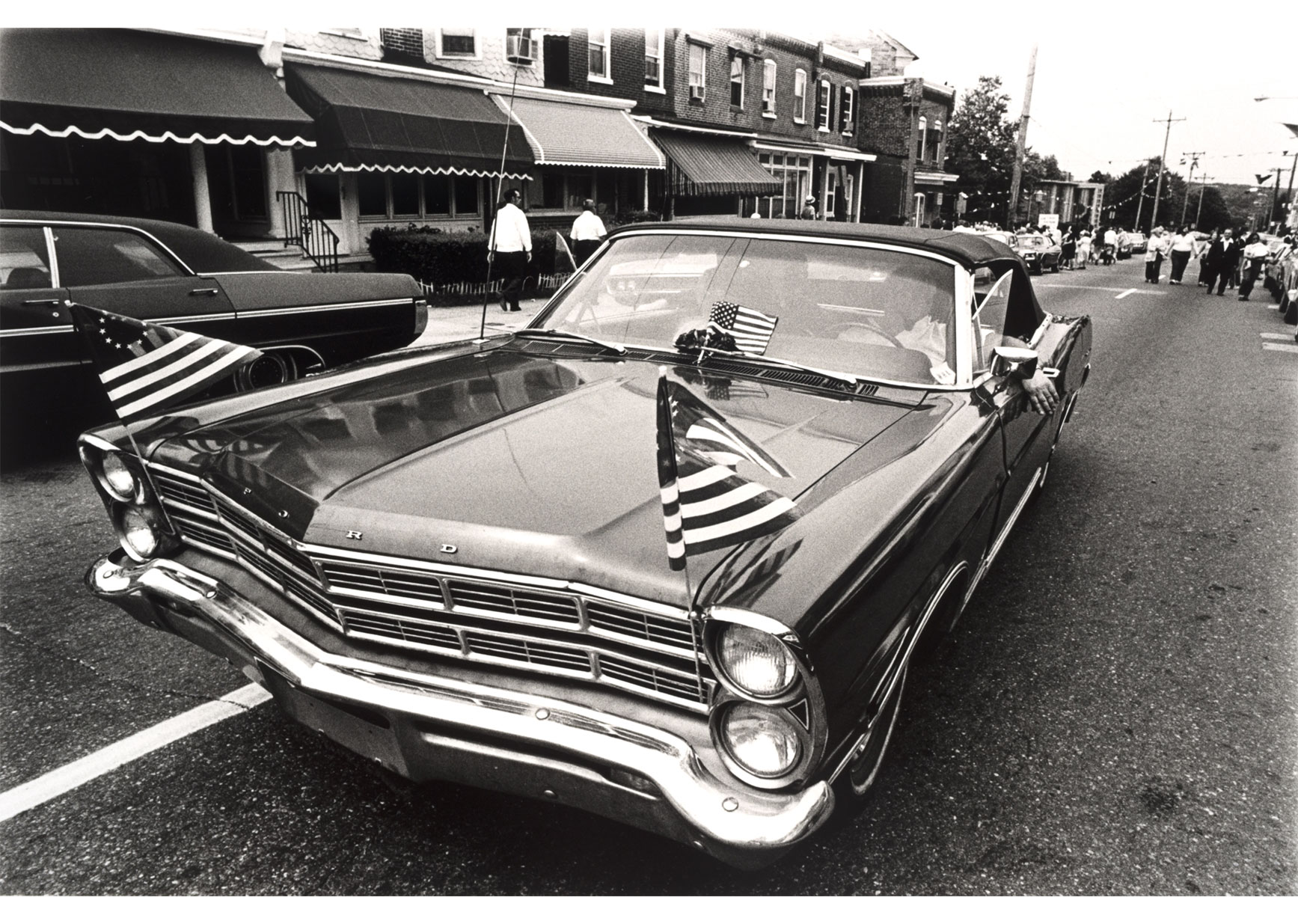DelArt, City Lore, Inc. and Artists Alliance, Inc. are researching the art created by a 1970s government program for an upcoming traveling exhibition.
The Delaware Art Museum is pleased to announce that it is a recipient of a grant from the National Endowment for the Humanities in support of an upcoming historical exhibition honoring the art produced by the 1973 Federal Comprehensive Employment and Training Act.
Working in collaboration with New York’s City Lore, Inc. and Artists Alliance, Inc., the Delaware Art Museum is planning a traveling exhibition honoring the Federal Comprehensive Employment and Training Act of 1973, which led to public employment of artists at a scale not seen since the Works Progress Administration of the 1930s.
The Federal Comprehensive Employment and Training Act (CETA), signed into law by President Richard Nixon on December 28, 1973, provided federal funds in the form of block grants for states to train workers during a period of high unemployment. States in turn distributed the funds to different cities, allowing a localized approach. Some cities and states, such as San Francisco, Chicago, New York City, and Delaware, used CETA funds to hire artists to create public service art projects. From 1974 until its repeal by President Ronald Reagan in 1982, CETA led to the employment of ten thousand artists around the country.
Margaret Winslow, curator of contemporary art at the Delaware Art Museum, says, “we are excited to embark on this important research project with City Lore and Artists Alliance, Inc. In Delaware, CETA funding supported more than 50 artists and arts administrators who organized community performances, produced murals throughout Wilmington, and photographed people and events in Delaware during 1976 Bicentennial celebrations. CETA impacted the trajectory of arts and culture throughout the state, just as it did across the nation.”
 CETA artist Selvin Goldbourne drawing a portrait; © Blaise Tobia, 1978.
CETA artist Selvin Goldbourne drawing a portrait; © Blaise Tobia, 1978.
Molly Garfinkel, Managing Director of City Lore, Inc., says “City Lore is thrilled to collaborate with Artists Alliance Inc., and the Delaware Art Museum on this timely and exciting initiative. The history and impact of CETA funding on artists, communities, and the arts ecology in the United States is woefully under-documented, but CETA provides valuable precedents and lessons for the current moment. CETA helped to demonstrate that artists and cultural workers deserve to be considered a critical part of the U.S. labor force. Moreover, artists applied to CETA-funded public service employment projects not just to stand in line for a check, but to do something meaningful with their time, skills, and resourcefulness. CETA funds enabled cultural workers to take risks, to grow, and to engage in new forms of collaboration—both with each other and with their communities. It helped many existing cultural organizations to establish a foothold and expand programming and capacity. Why does supporting culture matter? Culture should be supported because it is part of our daily lives, and it is an integral part of civic life. Expression of culture has much to do with how well we understand ourselves and each other, build relationships with and get along with one another. Being able to do this is as relevant now as ever.”
“We are so looking forward to hosting this collaboration at our Cuchifritos Gallery + Project Space in the heart of the Lower East Side this fall,” added Jodi Waynberg, Director of Artists Al-liance Inc. “There is hardly a more fitting moment to reflect on the benefits to our communities, individual arts workers, and cultural institutions when the United States invests in its labor force. We are thrilled that that NEH has afforded us the opportunity to amplify this extraordinary history and reimagine sustained recovery that could extend beyond this moment of insecurity in order to truly rebuild.”
About the Delaware Art Museum
For over 100 years, the Museum has served as a primary arts and cultural institution in Delaware. It is alive with experiences, discoveries, and activities to connect people with art and with each other. Originally created in 1912 to honor the renowned illustrator and Wilmington-native, Howard Pyle, the Museum’s collection has grown to over 12,000 works of art in our building and sculpture garden. Also recognized for British Pre-Raphaelite art, the Museum is home to the most comprehensive Pre-Raphaelite collection on display outside of the United Kingdom, and a growing collection of significant contemporary art.
Under the leadership of our Board of Trustees, the Delaware Art Museum is implementing a comprehensive approach to community and civic engagement. This exciting new strategic direction requires that we increase our value and relevance to all audiences. Visit delart.org to for the latest exhibitions, programs, and performances or connect with us via social media.
Top: Wilmington Parade, 1976. Norma Diskau (born 1942). Gelatin silver print, image: 6 5/8 × 10 inches, sheet: 10 7/8 × 14 inches. Delaware Art Museum, Gift of the artist, 2015. © Norma Diskau Calabro.

